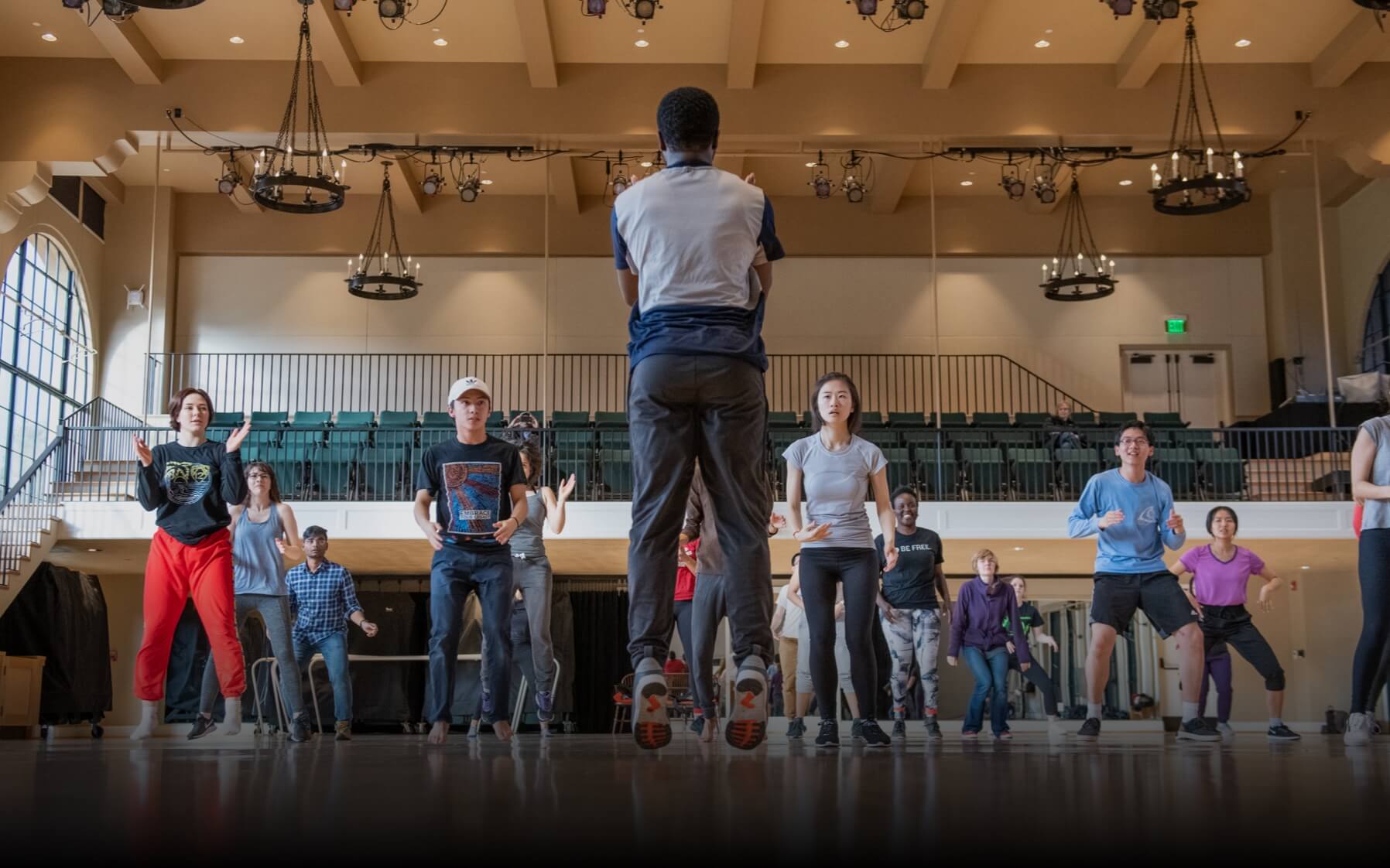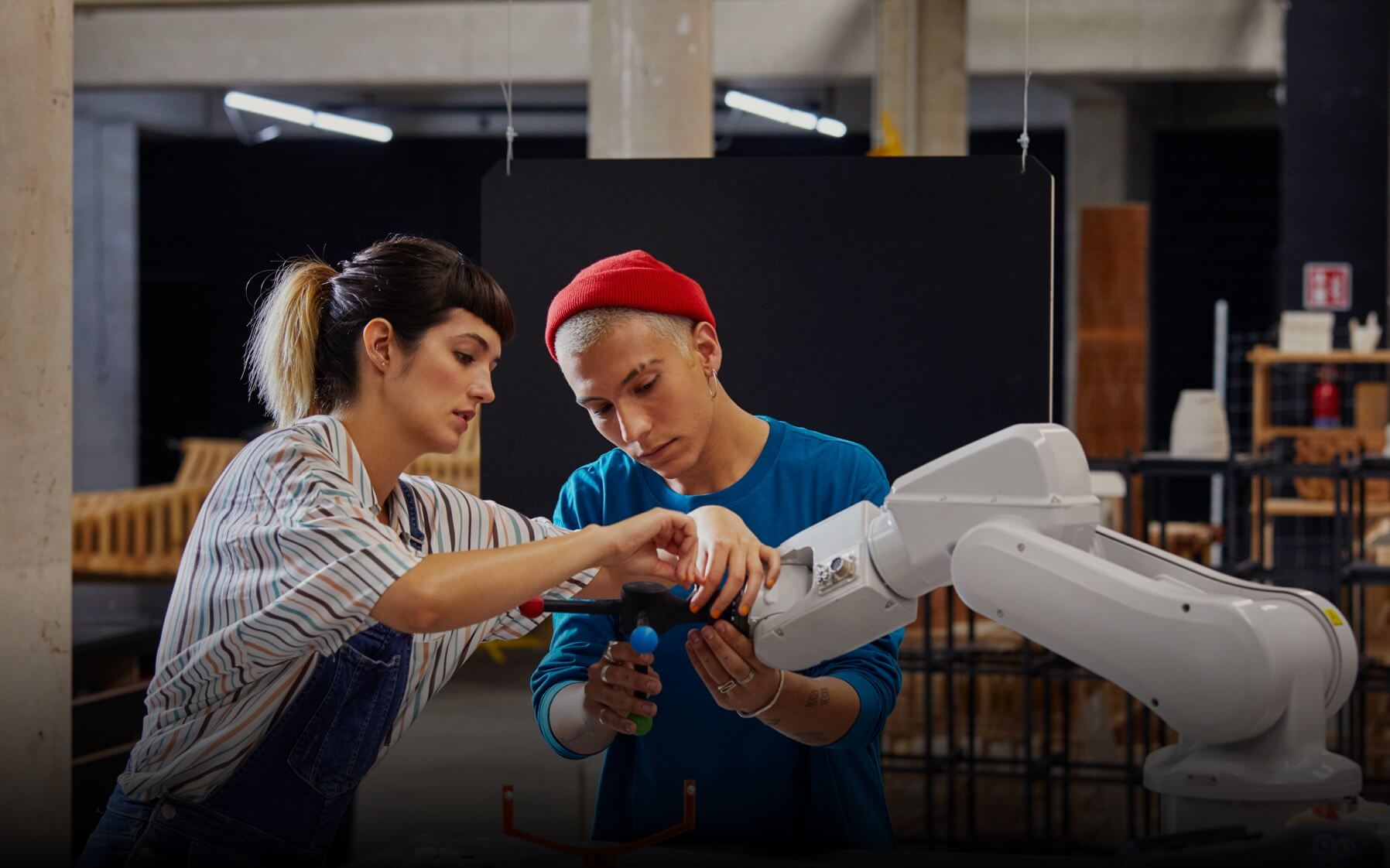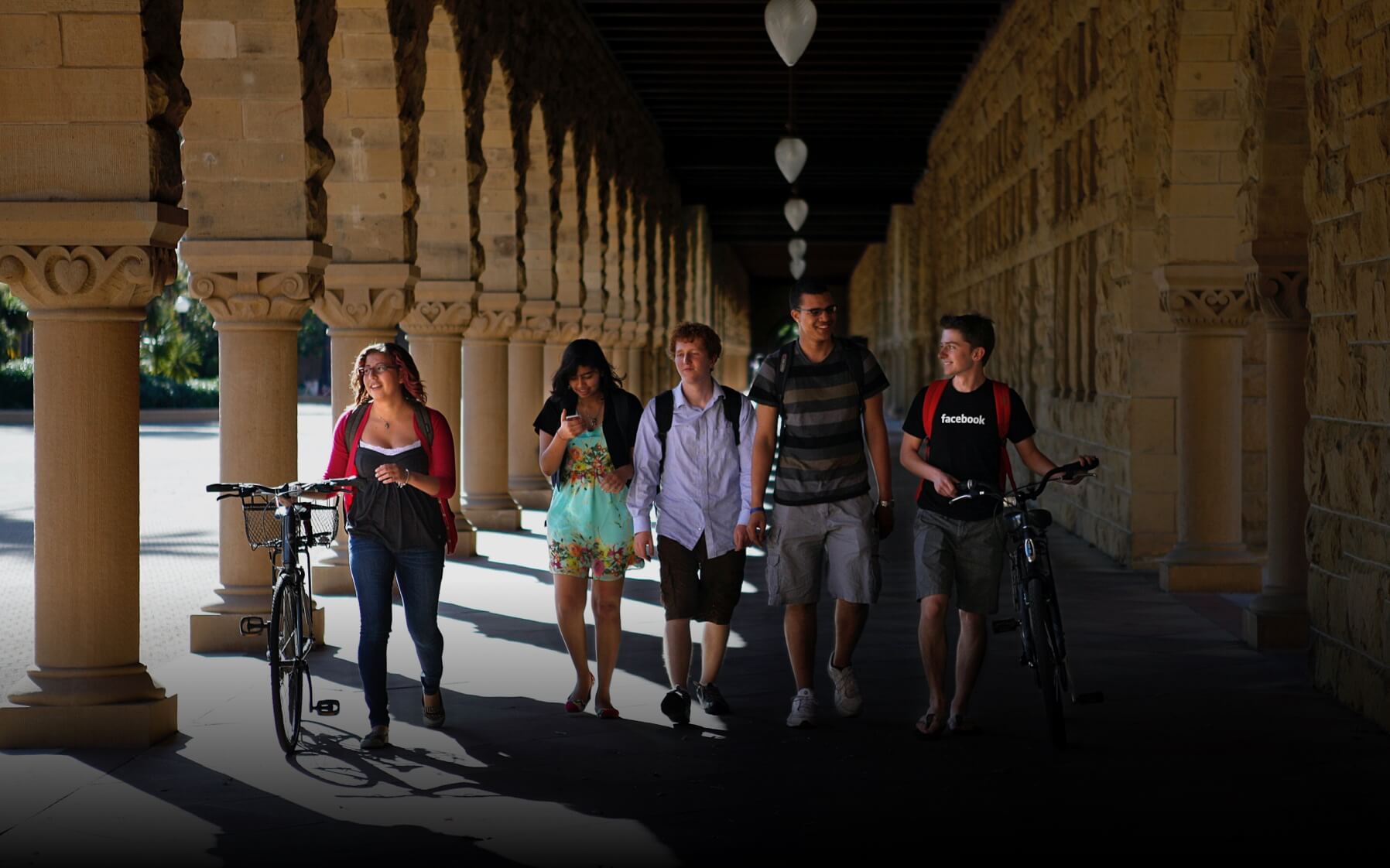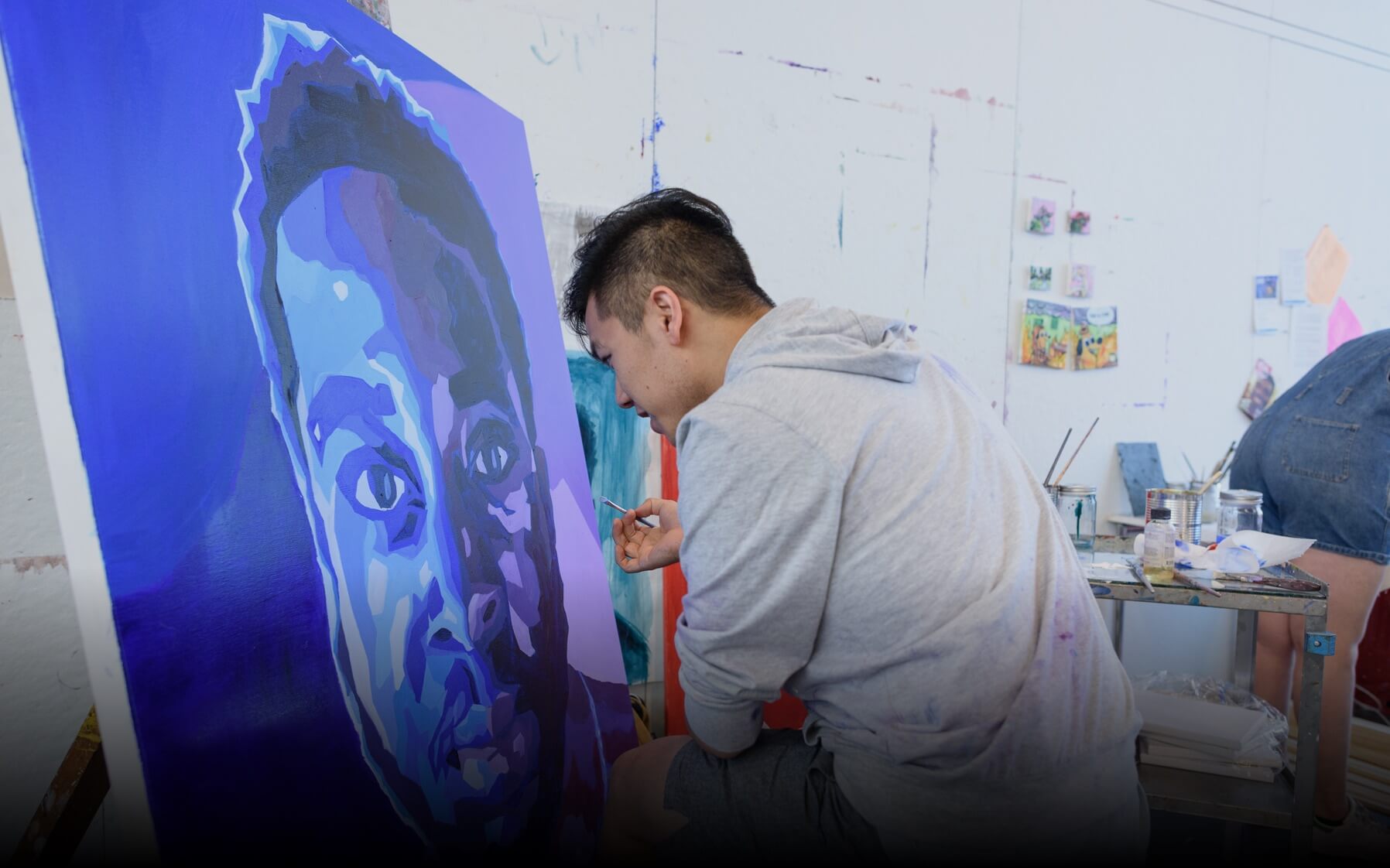Thanks for your interest in the Director of the Iris and B. Gerald Cantor Center for Visual Arts position.
Unfortunately this position has been closed but you can search our 249 open jobs by
Build a State-of-the-Art, Socially Just Organizational Structure and Culture
To meet the expectations placed upon it, the Cantor needs to secure the financial capacities, operational infrastructure, management policies, sufficient and well-organized staffing, professional norms, and institutional culture of an up-to-date visual-arts institution. In this effort, the museum has the support of finance and HR partners in the central office of the VPA as well as colleagues in the Office of Development; the Director will need to work effectively within this networked structure. Importantly, the Director will work to improve the Cantor’s organizational culture, building on work currently underway during the leadership transition, and encouraging and modeling an atmosphere of listening and responding, collaboration and empowerment, curiosity, inclusivity, tolerance for risk-taking, open communication, and respect. The Director will need to approach change with both boldness and sensitivity and will employ excellent interpersonal skills to build buy-in proactively and collaboratively.
Engage the University’s Diverse Communities
A singular challenge is that although the museum is much loved by its active users, other segments of the university community are less engaged with it. The Cantor must proactively explore opportunities to reach Stanford’s diverse communities and visiting audiences: students and faculty from across the campus, from Stanford’s neighboring residential communities and the wider Bay area, and increasingly, online. Importantly, the Cantor must aspire to be a welcoming place and resource for all members of the community. Lowering obstacles to engagement will be a key priority, and part of a field-wide momentum toward making the arts more accessible. University consultation has revealed that some students of color and international students do not feel that the Cantor is speaking to them and sensitively embracing their heritage and interests. The new Director will lead boldly in building relationships with those groups and other constituencies, making the Cantor a model for how university museums can lead the way in addressing systemic issues around equity and inclusion.
Create a Vibrant Gathering Point for the Campus
While collections, exhibitions, and exchanges around art and ideas represent the core of the Cantor, like any museum, it is also a place that plays a role in the larger ecology of the university. The Cantor is blessed with beautiful architecture and gardens, and a prominent campus location. Going forward, it can become a more vibrant and welcoming gathering place for the intersecting communities of the campus and the surrounding region. To do so, it will need to develop responsive programming with broad appeal, involve students and community organizations in such efforts, make physical adjustments, adapt opening hours, and embrace a more open and reciprocal posture in its communications. The new Director should take full advantage of Stanford resources to position the Cantor at the heart of campus life.
Model the Art Institution of the Future
Finally, the Cantor can summon Stanford’s intellectual capacities to advance new ways of looking and thinking about the arts and to reform cultural institutions—as a laboratory for tomorrow’s art world and a convener of dialogues that explore innovation around art. The Cantor has exceptional opportunities to facilitate a dialogue between the arts and sciences, as well as other disciplines, like business and law. Given Stanford’s outsize role in digital innovation, the Cantor could be the place where art institutions negotiate transformative and disruptive changes as advances in technology leave a mark not just on museums and markets, but on our fundamental conceptions of art, art inquiry, and art experience.
The Role
This is an opportunity for the incoming Director, delivering on the previously enumerated aspirations, to provide vision, managerial acumen, and a keen sense of embracing opportunity and prioritizing action. This individual will report to Vice President for the Arts, and will collaborate closely with the other four units of the Office of the Vice President for the Arts: the Anderson Collection at Stanford University, Stanford Live, the Institute for Diversity in the Arts, and the Stanford Arts Institute. The Director oversees the staff and volunteers at the museum and oversees the Cantor’s annual operating budget of $9M. This is an ongoing, non-faculty, Senior Staff appointment at the university.
The Leadership Profile
While no candidate will have all of the following qualities, the successful candidate will demonstrate many:
A seasoned motivator and manager
- Able to articulate clear values and a sense of purpose, including what it means to be a university museum
- Strategic thinker who sets goals and priorities, while also being a doer with a genuine interest in hands-on execution
- Tremendous relationship building and staff management skill
- Able to play the role of conductor while giving latitude to team members; an open and congenial manager able to attract, mentor, and empower staff while creating a positive and productive work environment
- Comfortable with actively cultivating individual and corporate donors, foundations, government programs and other funding sources, with a strong record of success in donor relations and with diverse fundraising strategies
- Ambitious with a record of building a strong leadership team and retaining staff
- An out of the box thinker, ideally who understands and is familiar with museums
Committed to an inclusive, open, and equitable museum
- A sincere advocate for racial justice and equity
- Able and willing to negotiate nuances of race, class, gender, disability, and other forms of diversity authentically, with respect for difference
- Significant impact in building more diverse, equitable and inclusive cultures
- Experience with leading staff through a process of change and self-assessment
- Committed to reaching out to students and faculty from diverse backgrounds
- A genuine interest for Palo Alto, East Palo Alto, and other communities in the wider Bay Area
An experienced and recognized professional
- Understands how museums and non-profit institutions operate, with strong financial acumen and organizational skills
- Aware of norms, requirements, and operating structures of an up-to-date museum
- Pursues policies and procedures for the growth, care, study, publication, exhibition, de-accessioning, and accessibility of the permanent collection according to the highest professional standards
- Understands and puts in perspective the evolving role of technology in all aspects of museum practice
- A point of view on museum accreditation and ideally implementation experience, if such a process is attempted
- Employs a keen understanding of the curatorial landscape
- Able to activate a large network of connections to the global art field
- Strong budget management acumen and fundraising skills
- Capable of attracting loans and traveling exhibitions from US and international museums
- An innovator comfortable with risk who sees opportunities and steers toward them
- An advocate for Cantor in the museum field
- Bachelor's degree and 10 years of relevant experience
A nurturer of connections within and beyond the university
- Comfortable and conversant with many sectors of the university including academics, senior administration, a talented museum and VPA staff, and the public at large
- A multi-disciplinary thinker who can operationalize the dynamism of Stanford with curiosity and a personal touch to reach across professional borders and intellectual disciplines
- Ability to translate research and scholarship into broadly compelling opportunities for engagement
A person with exceptional human qualities and integrity
- Strong communicator and effective advocate who demonstrates passion and expertise
- Excellent people skills to interact with and relate to the community
- A diplomat and proactive communicator with internal and external stakeholders, able to reach comfortably across professional and social boundaries and hierarchies
- Personal ability to attract and steward donors and bring new resources to the Cantor
- High EQ, attuned to the complexities of interpersonal dynamics and empowers people to do their best work
- Persuasive and able to leverage connections from friends and alumni
- Has excellent verbal and written communication skills
- Leads with empathy and respect
Applications, Inquiries, and Nominations
Screening of complete applications will begin immediately and continue until the completion of the search process.
The job duties listed are typical examples of work performed by positions in this job classification and are not designed to contain or be interpreted as a comprehensive inventory of all duties, tasks, and responsibilities. Specific duties and responsibilities may vary depending on department or program needs without changing the general nature and scope of the job or level of responsibility. Employees may also perform other duties as assigned.
Consistent with its obligations under the law, the University will provide reasonable accommodation to any employee with a disability who requires accommodation to perform the essential functions of his or her job.
Stanford is an equal employment opportunity and affirmative action employer. All qualified applicants will receive consideration for employment without regard to race, color, religion, sex, sexual orientation, gender identity, national origin, disability, protected veteran status, or any other characteristic protected by law.








